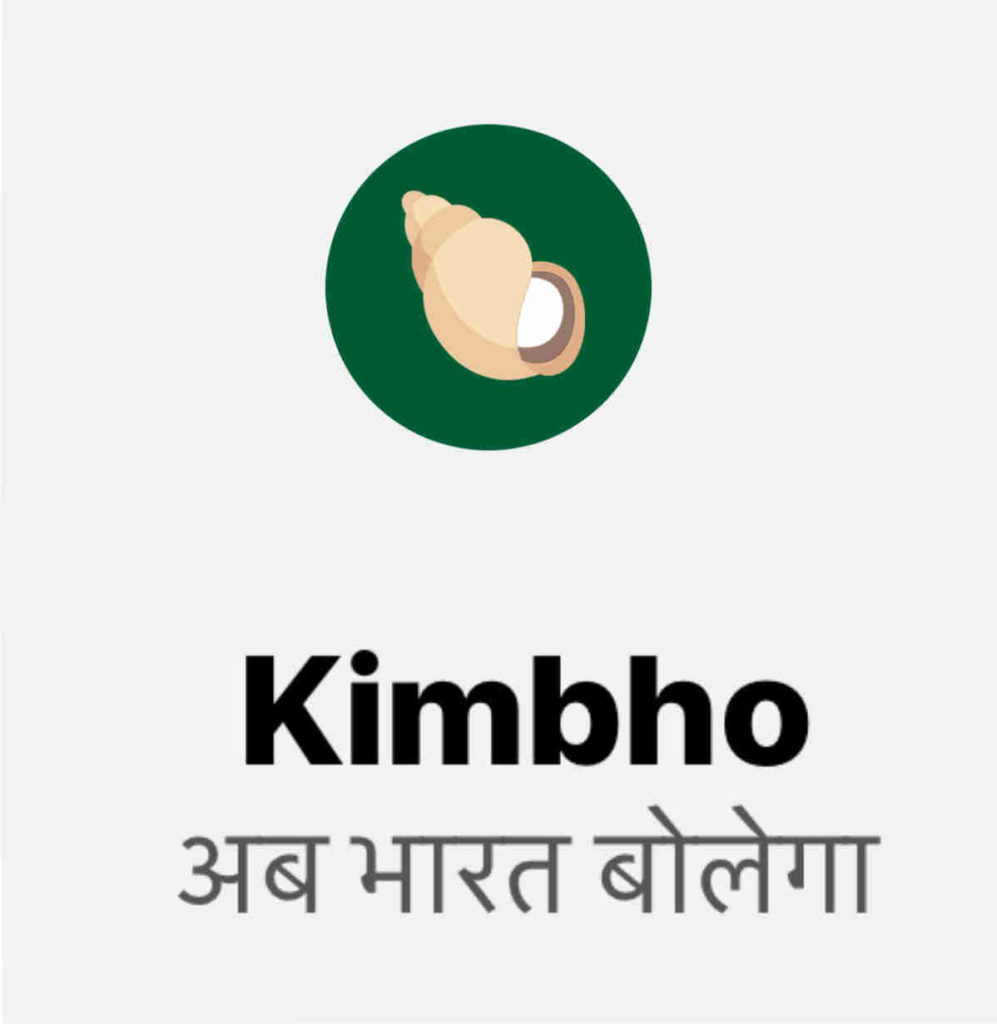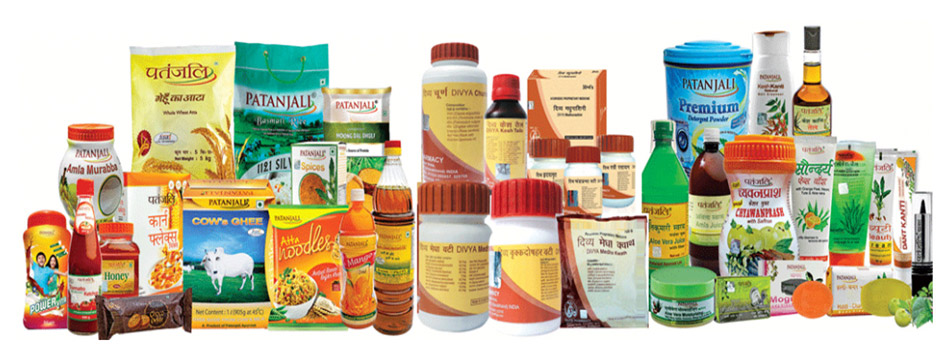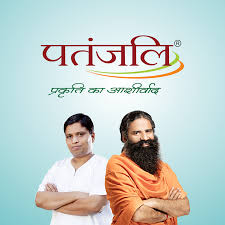Following a decade-long growth that once appeared unstoppable, Patanjali seems to be facing a few hurdles this year. Examine the market challenges that the homegrown stalwart is facing currently and a possible road ahead

Within weeks of announcing a plan to introduce its messaging app, Kimbho, Patanjali Ayurved postponed the launch to an undisclosed future date. The company is said to have missed its scheduled launch date of August 27, 2018, allegedly due to the negative feedback it received from users.
This development came within a week of Patanjali receiving a setback as it lost out to Adani Wilmar in the race to acquire the Ruchi Soya. Nearly 97 per cent of the lenders of Ruchi Soya agreed to offer the bankrupt entity to Adani Wilmar for ₹ 6,000 crore. Adani Wilmar outbid Patanjali’s offer of ₹ 5,700 crore to win the deal. Even as Patanjali has sought to challenge the lenders’ decision by moving bankruptcy court, the development is being read as a setback for the aggressive homegrown medicine-to-food-to-cosmetics challenger.
Patanjali’s every setback, howsoever insignificant, become serious news for multiple reasons. Firstly, its brand name had been associated with a sustained meteoric rise nearly for a decade at a stretch. Secondly, these events have occurred at a time when the company has posted a flat, lower-than-expectations growth in its revenues.
Lastly, the drop in its financial performance has happened during a year when its competitors have managed to post double-digit growth figures. In fact, the FMCG behemoth, Hindustan Unilever Ltd (HUL) reversed its negative growth trend posting a healthy growth rate last year.
Rise of Patanjali
In early 2003, hundreds of thousands of Indian citizens would switch on their TV sets in the wee hours of the dawn to watch an unassuming saffron clad yogi do all the twists and turns and gyrate his abdominal muscles that could put even the finest of belly dancers to shame. As the nation awakened to Yoga and home remedies for a better living, Baba Ramdev soon became the go-to guru for a host of ailments from arthritis to infertility.
Little did the leading global FMCG behemoths like HUL and Colgate know then that they were literally staring in the face of their Number 1 rival. While at that time companies and financial analysts dismissed Patanjali as an insignificant rural player from Haridwar, the company was capitalising on Baba Ramdev’s brand image as the Yoga guru and a strong network of dedicated retail stores run by local entrepreneurs entirely with their own investment.
In 2016-17, in more than ten years, Patanjali Ayurveda had earned a revenue of over ₹ 10,561 crore, registering a gigantic 150 per cent growth over the preceding year.
Bend it like Baba
 Baba Ramdev and his pal, Acharya Balkrishna started with humble beginnings by launching Divya Yog Pharmacy trust in 1990. They conducted yoga camps across the country and also sold Ayurvedic medicines at these camps. By 2011, this partnership had transformed into a successful ₹ 400 crore Patanjali Ayurveda. Judging by the demand, the company diversified their portfolio from Ayurvedic medicines to personal care products and food. And soon their products became household names.
Baba Ramdev and his pal, Acharya Balkrishna started with humble beginnings by launching Divya Yog Pharmacy trust in 1990. They conducted yoga camps across the country and also sold Ayurvedic medicines at these camps. By 2011, this partnership had transformed into a successful ₹ 400 crore Patanjali Ayurveda. Judging by the demand, the company diversified their portfolio from Ayurvedic medicines to personal care products and food. And soon their products became household names.
The company focused on low costs by procuring and manufacturing the products on its own, direct marketing its networks and posing the flamboyant Baba Ramdev as the brand ambassador. But the secret mantra of success were the dedicated stores, that would start out essentially as Ayurveda clinics, staffed with medical practitioners who are in most cases trained and certified by Patanjali.
The presence of Ayurvedic medical practitioners at the outlet is a major determinant of sales. A 2016 study by Tata Strategic found that on the days when the medical practitioner is absent, sales fall by 30 per cent to 40 per cent! The average FMCG throughput per dedicated store is typically at ₹ 6 lakh to ₹ 7 lakh per month in a metropolitan city.
Over the past couple of years, Patanjali has consciously expanded its distribution network. Mumbai-based Pittie Group, the nationwide distributor for Patanjali products, sewed up a distribution arrangement with Apollo Pharmacy. It also has a marketing arrangement with Kishore Biyani’s Future Retail Ltd for selling Patanjali products in 243 towns in the country. Patanjali Ayurved has also teamed up with billionaire Mukesh Ambani’s retail chain, Reliance Retail to sell its products.
The Patanjali Paanch
Patanjali today produces over 500 FMCG products—from biscuits to shampoo, and from ghee to body lotion. Among these, five are the most popular products that have influenced the meteoric rise of Patanjali.
In 2017, Patanjali cow ghee (indigenous clarified butter) remained the most-sold product, generating ₹ 1,467 crore. Its Dant Kanti toothpaste raked in ₹ 940 crore, followed by Kesh Kanti shampoo (Rs 825 crore), herbal bathing soap (Rs 574 crore), and Kachhi Ghani mustard oil (Rs 522 crore). Patanjali biscuits, honey, and washing powders and soaps did well by posting ₹ 380 crore, ₹ 335 crore and ₹ 325 crore in sales, respectively. Among its branded commodities business, Patanjali Atta remained second only to mustard oil with sales at ₹ 407 crore.
Currently, Patanjali holds a 15 per cent share in the domestic shampoo market. Its market share in toothpaste and honey businesses is about 14 per cent and 50 per cent, according to Ramdev. The firm had ventured into the personal beauty and cosmetics market in 2016 with its Saundarya brand. Within a year’s time, it had contributed ₹ 231 crore to its top line, while its facewash business grabbed a 35 per cent market share with sales worth ₹ 228 crore. Its skincare business clocked ₹ 231 crore.
Recently Patanjali set its foot in the dairy products and frozen foods category, introducing cow milk, buttermilk, curd, paneer and frozen peas.
Stretching beyond limits?
From doubling its turnover to ₹ 20,000 crore in the financial year 2018 to hiring more than 50,000 people for Patanjali, Baba Ramdev has been outspoken about the ambitions they had set for the firm.
However, in the past few months, the firm has been gripped by several negative news. Whether it was a minor issue like selling products in plastic bags of inferior quality or serious concerns over the quality of issues raised by Government of Nepal which banned six Patanjali medicines for failing to comply with microbial standards, the company’s popular Amla juice was suspended by the defence canteen stores (CSD stores) for not meeting quality parameters. Questions are also raised on the purity of Patanjali’s ghee and instant noodles.
Even the financials haven’t been encouraging with Acharya Balkrishna admitting to having closed this financial year around the same level as the previous fiscal year’s revenue, a serious fall against the bold guidance of crossing ₹ 20,000 crores announced by Baba Ramdev in 2017.
A series of setbacks
Many factors have contributed to this dramatic stagnancy in growth – firstly the firm had to face a double whammy with Demonetisation and later GST. Their unorganised distributed were simply not geared for the change. Compared to this, HUL was prepared to offer credit to its retailers during the cash crunch—a
first for the FMCG major. Secondly, competitors quickly added to herbal products to their portfolio which has disrupted market share for Patanjali.
In January this year, the Advertising Standards Council of India (ASCI) found that nearly 25 advertisements by Patanjali violated ASCI code by making unsubstantiated or falsified claims about its products. The issue has persisted for several months potentially causing brand erosion for the company. In July this year, the government informed that out of 21 complaints against Patanjali’s advertisements, 17 were deemed to be violating the ASCI Code for Self Regulation of advertising content as per the findings of Consumers Complaints Council (CCC) of ASCI.
Moreover, analysts have pointed to diversified strategies and unrelated ventures – SIM cards, Apparels, education and even solar energy to be another reason for brand fall. As mentioned above, Patanjali also failed to outbid Adani Wilmar in its purchase bid of the bankrupt business entity, Ruchi Soya. Patanjali’s ‘Khimbo’, a swadeshi app to counter Facebook’s WhatsApp was removed from the app stores within a day of launch due to security concerns.
While strategists and brand gurus have been concerned over the reputation damage, the yoga evangelist is undeterred by naysayers and controversies.
“Sau (100) saal mein to vaise hi swargiya ho jaya karte hain… to ye companiya thode din mein swargiya ho jayengi… abhi to humne inka shirshasan karvaya tha… thode dino mein inka moksha hone vala hai,” was Baba Ramdev’s retort to a TV interview earlier this year. (People pass away in 100 years… so these companies will also pass away in a couple of days… we have just made them do shirsasana… in a couple of days they will attain moksha also.)
Expressing an extremely optimistic view, contrary to market perception and expectations, Acharya Balkrishna even says that the company will achieve the target of 30,000 crore revenue over the next three to four years. At a time when the traditional rivals of the company such as HUL, Dabur, Emami, etc. have been posting a healthy growth, it would be interesting to observe the course of action that Patanjali takes over the next few months.

